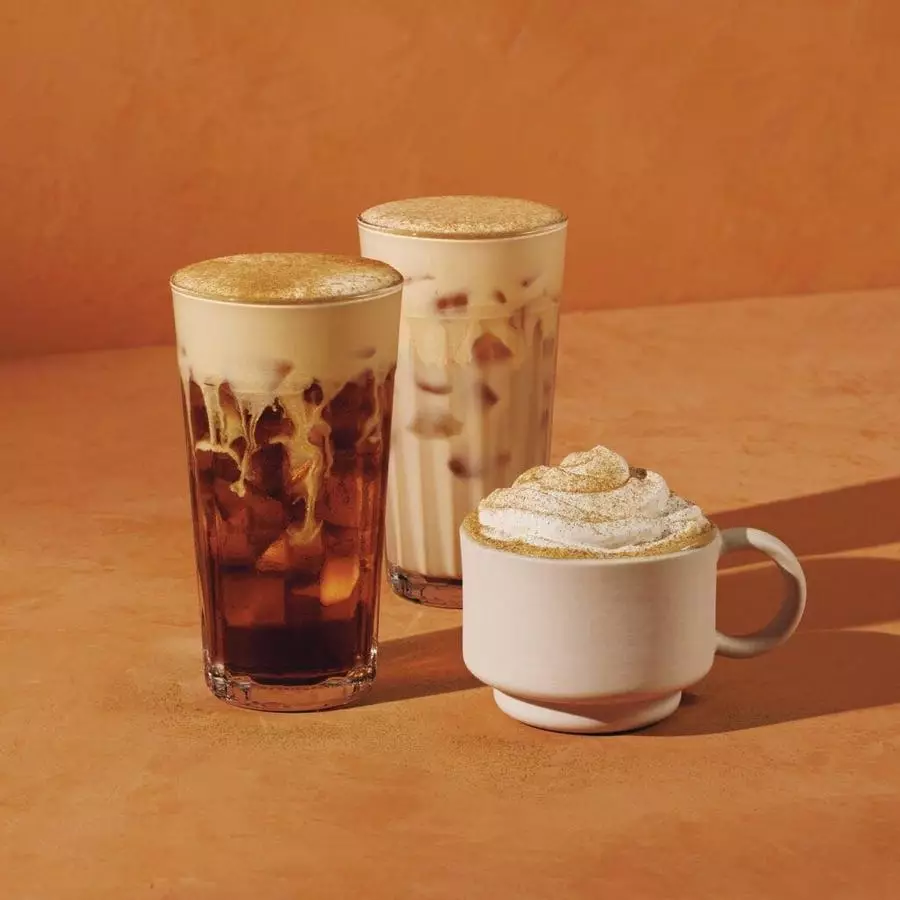Starbucks’ seasonal menus are more than just limited-time offerings—they are powerful cultural anchors that evoke anticipation, nostalgia, and a collective sense of transition. When the coffee giant announces the return of its fall lineup, it signals the start of a cozy, predictable chapter in consumers’ lives. This ritualistic release transforms a simple menu update into a fixture of the autumn experience, intertwining personal routines with brand loyalty. The significance of these seasonal cues extends beyond caffeine; they craft a shared narrative that consumers eagerly follow, blurring the lines between commerce and community.
In 2025, the company’s announcement of the fall menu, set to launch on August 26, demonstrates the strategic importance placed on the timing of these rituals. While the pumpkin-spiced latte may be the star, the entire ensemble—featuring new drinks like the pecan oatmilk cortado and seasonal bites—serves to deepen engagement. These offerings act as seasonal markers, encouraging consumers to revisit Starbucks regularly, reinforcing the brand’s position at the heart of their seasonal routines. Yet, beneath this calculated marketing lies an acknowledgment of a deeper psychological need: wielding control amid unpredictable routines and an economically fraught climate.
The Frustration of Absence: When Rituals Are Broken
However, not every element of these rituals plays out flawlessly. As seen with the missing Apple Crisp Oatmilk Macchiato in this year’s lineup, the disruption to established patterns causes unrest among devoted followers. For many, this drink isn’t just a seasonal novelty but a cherished part of their autumnal tradition. Its omission sparks disappointment, frustration, and even a sense of loss—highlighting how deeply consumers embed these beverages into their personal and seasonal identities.
Starbucks’ silence about the missing item amplifies the emotional response. The absence isn’t just noted; it is felt. For fans, the missing flavor feels like a fragment of their fall experience that has been unwittingly eroded. In the culture of seasonal menus, such omissions represent more than ingredient shortages—they challenge consumers’ rituals and sense of continuity. This situation exemplifies the risk brands face when seasonal offerings are altered or cut; a ripple of disconnection spreads through loyal consumers, threatening the emotional bonds that these limited-time features nurture.
The Economy of Rituals: Loyalty, Perception, and Consumer Behavior
Starbucks’ fall menu functions as a catalyst for increased foot traffic and brand loyalty. Data from previous years suggests that launch days generate significant spikes in customer visits, with a notable increase in app engagement — crucial in a market where digital ordering is king. The seasonal drinks are not merely about flavor; they serve as touchpoints for consumer psychology, fostering feelings of comfort, tradition, and control during times of economic uncertainty.
The iconic Pumpkin Spice Latte, for instance, is more than a product—it’s a cultural emblem. Its return signals stability, comfort, and the reassurance that consumers seek in turbulent times. This beverage becomes a seasonal anchor that donors over the years have come to count on, reinforcing their emotional attachment to the brand. Equally telling is how the absence of specific items, such as the Apple Crisp Macchiato, can threaten this attachment, making consumers feel temporarily adrift from their established routines. It underscores the strength of ritualized consumer behavior and the importance of consistency in retaining loyalty.
The Future of Seasonal Branding: Loyalty Amid Fluctuation
Starbucks’ strategic approach to seasonal menus reveals a delicate balancing act—delivering predictability while navigating the unavoidable logistical and supply chain challenges. The early appearance of fall drinks via app updates underscores how digital technology enables brands to maintain a sense of immediacy and connection, even as physical menus may lag or vary by location.
This evolving landscape prompts a reflection on how brands can sustain these rituals amid rapid change. The loyalty cultivated by these seasonal offerings depends on consistency, but also on authenticity. When beloved items disappear unexpectedly, it risks shaking consumer confidence. Yet, if managed transparently and creatively, brands can transform setbacks into opportunities. For example, introducing new flavors that resonate with consumer preferences or offering limited-time variants can temporarily fill gaps, preserving the ritualistic feel.
Ultimately, Starbucks’ fall lineup reveals more than culinary choices; it exposes the intricate psychology of seasonal consumption. As consumers cling to these rituals for comfort and coherence, brands must recognize that these moments are ripe with meaning. Their success hinges on understanding not just what they sell, but what these offerings symbolize—stability, nostalgia, and a shared experience that connects us all as seasons change.


Leave a Reply